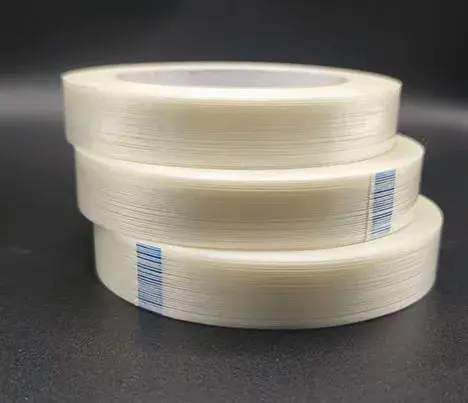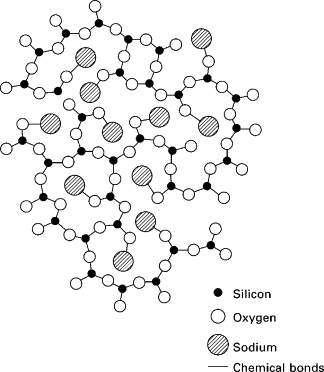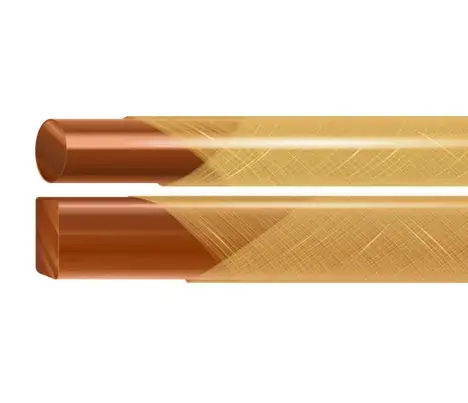
Introduction to Glassfiber
Glass fiber is an inorganic non-metallic material with excellent performance. There are many kinds. The advantages are good insulation, strong heat resistance, good corrosion resistance and high mechanical strength, but the disadvantages are brittleness and poor wear resistance. It is made of pyrophyllite, quartz sand, limestone, dolomite, boronite, and boronite as raw materials through high-temperature melting, wire drawing, winding, and weaving. The diameter of its single filament is several Micron to twenty microns, equivalent to 1/20-1/5 of a hair, each bundle of fiber filaments consists of hundreds or even thousands of single filaments. The glass fiber is often used as reinforcing material of composite material, electrical insulation and heat insulation materials, substrate and other national economy fields.




